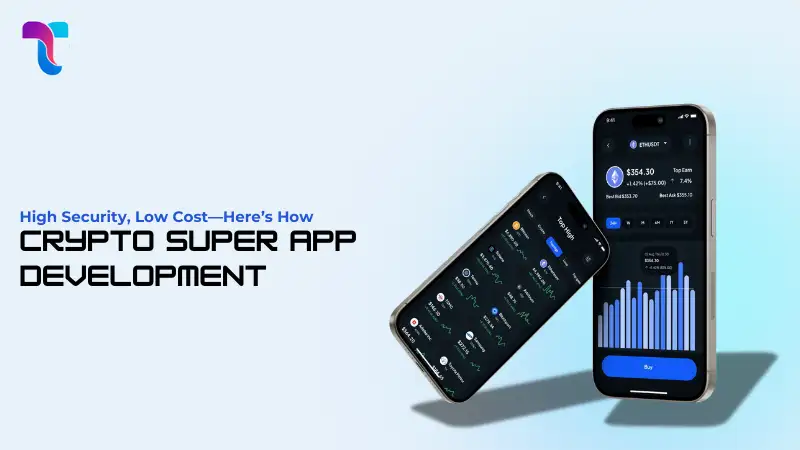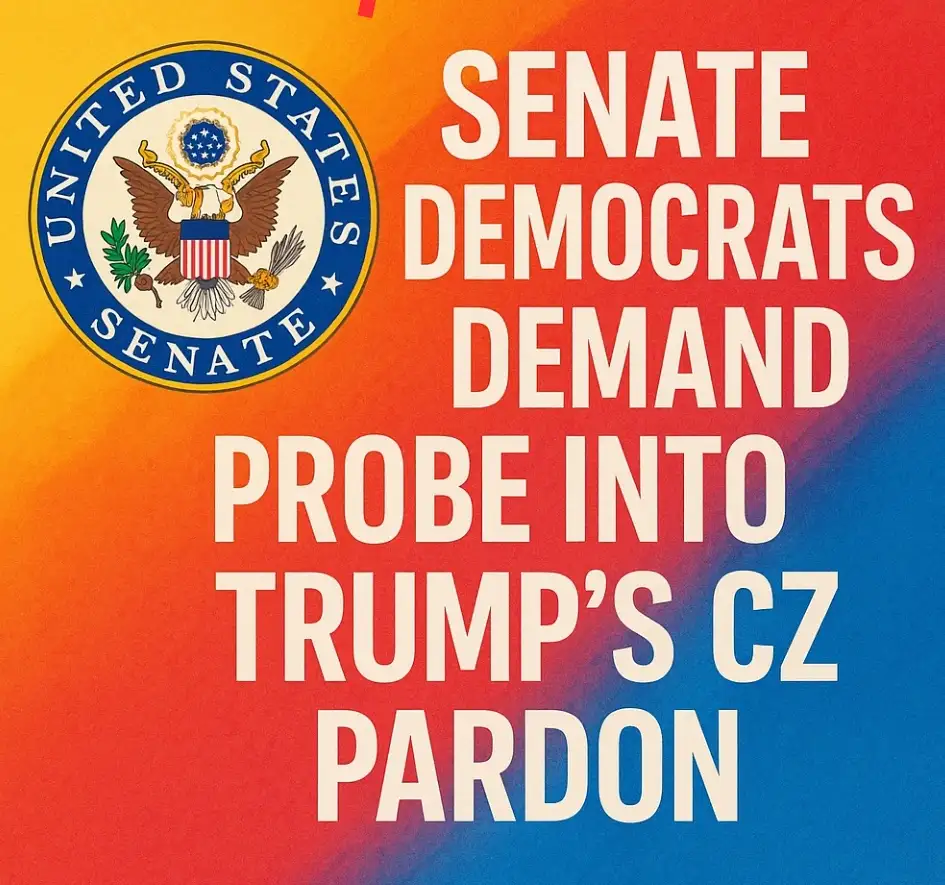
Spanish telecom giant Telefónica recently announced a strategic partnership with Chainlink Labs, leveraging the latter's Web3 connectivity solution, Chainlink Functions. This collaboration aims to integrate real-world telecommunications capabilities into blockchain networks, enhancing security and unlocking new possibilities for Web3 applications.
By incorporating telecommunications capabilities into blockchain operations, Telefónica and Chainlink are tackling the increasing demand for secure and trustworthy data transfer within decentralized systems. Chainlink Functions play a vital role in this venture, enabling smooth integration between blockchain smart contracts and real-world data outlets.
These oracles are crucial for guaranteeing the precision and reliability of data employed in automated decision-making within the Web3 environment. Essentially, Telefónica's collaboration with Chainlink represents a notable progression in merging telecommunications infrastructure with blockchain technology.
This strategic move not only enriches the capabilities of decentralized applications but also strengthens security measures vital for the broad acceptance of Web3 solutions.
GSMA Unveils Standardized Telco APIs.
The GSMA Open Gateway initiative unveils standardized Telco APIs designed to connect telecommunications with the Web3 ecosystem. Crafted under GSMA's direction, these APIs offer a structure for integrating innovative Telco features into decentralized networks.
A key objective of this initiative is to tackle Web3 challenges like fraud prevention and secure account creation, utilizing the resilient infrastructure of telecom networks.
Recently, the U.S. Securities and Exchange Commission (SEC) experienced a security breach attributed to a SIM swap attack. This breach occurred when unauthorized entities gained control of the SEC’s official social media account, spreading false information about the approval of bitcoin exchange-traded funds.
This incident highlights the urgent need for increased security measures within the Web3 ecosystem to address the risks posed by such attacks. With SIM swap attacks and similar threats becoming more common, strengthening security measures is essential to protect the integrity of decentralized networks.
The GSMA Open Gateway initiative is instrumental in this effort, providing a robust framework to enhance security protocols and defend against malicious activities in the Web3 ecosystem.
Extensive Security Advantages for Web3 Applications
Apart from transaction security, this integration provides extensive security advantages for Web3 applications and decentralized finance (DeFi) services.
Utilizing the GSMA Open Gateway API through Chainlink, developers can improve two-factor authentication (2FA) systems and deploy stronger fraud detection measures.
This holistic security strategy not only protects against SIM swap attacks but also reinforces overall security within the Web3 ecosystem, fostering trust and reliability among users and stakeholders.
On-Chain Media articles are for educational purposes only. We strive to provide accurate and timely information. This information should not be construed as financial advice or an endorsement of any particular cryptocurrency, project, or service. The cryptocurrency market is highly volatile and unpredictable.Before making any investment decisions, you are strongly encouraged to conduct your own independent research and due diligence
Tags :

0 Comments
Show More

Learn how to develop a crypto super app with top-notch security at minimal cost. Build a secure, feature-rich, and user-friendly crypto platform today.

U.S. Senate Democrats have urged a federal probe into Donald Trump’s pardon of Changpeng Zhao, citing financial ties to Trump’s crypto firm World Liberty Financial and potential risks of enabling white-collar crime in the crypto space.

VDS 2025 – The Future of Tech Revealed in Valencia. Europe’s top tech event just ended in Valencia!
On-Chain Media is an independent, reader-funded crypto media platform. Kindly consider supporting us with a donation.
bc1qp0a8vw82cs508agere759ant6xqhcfgcjpyghk
0x18d7C63AAD2679CFb0cfE1d104B7f6Ed00A3A050
CBaXXVX7bdAouqg3PciE4HjUXAhsrnFBHQ2dLcNz5hrM
Contains the last 12 releases